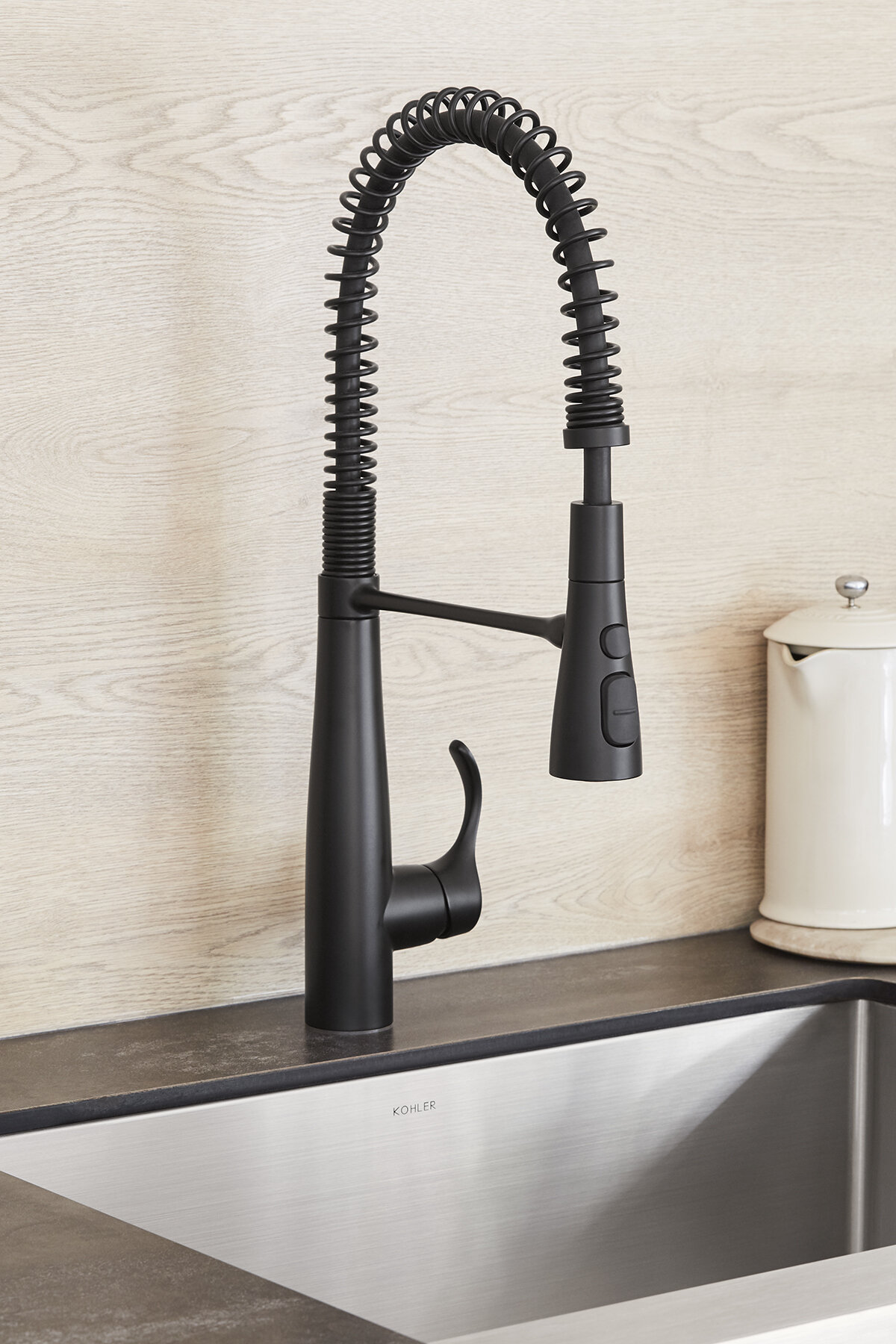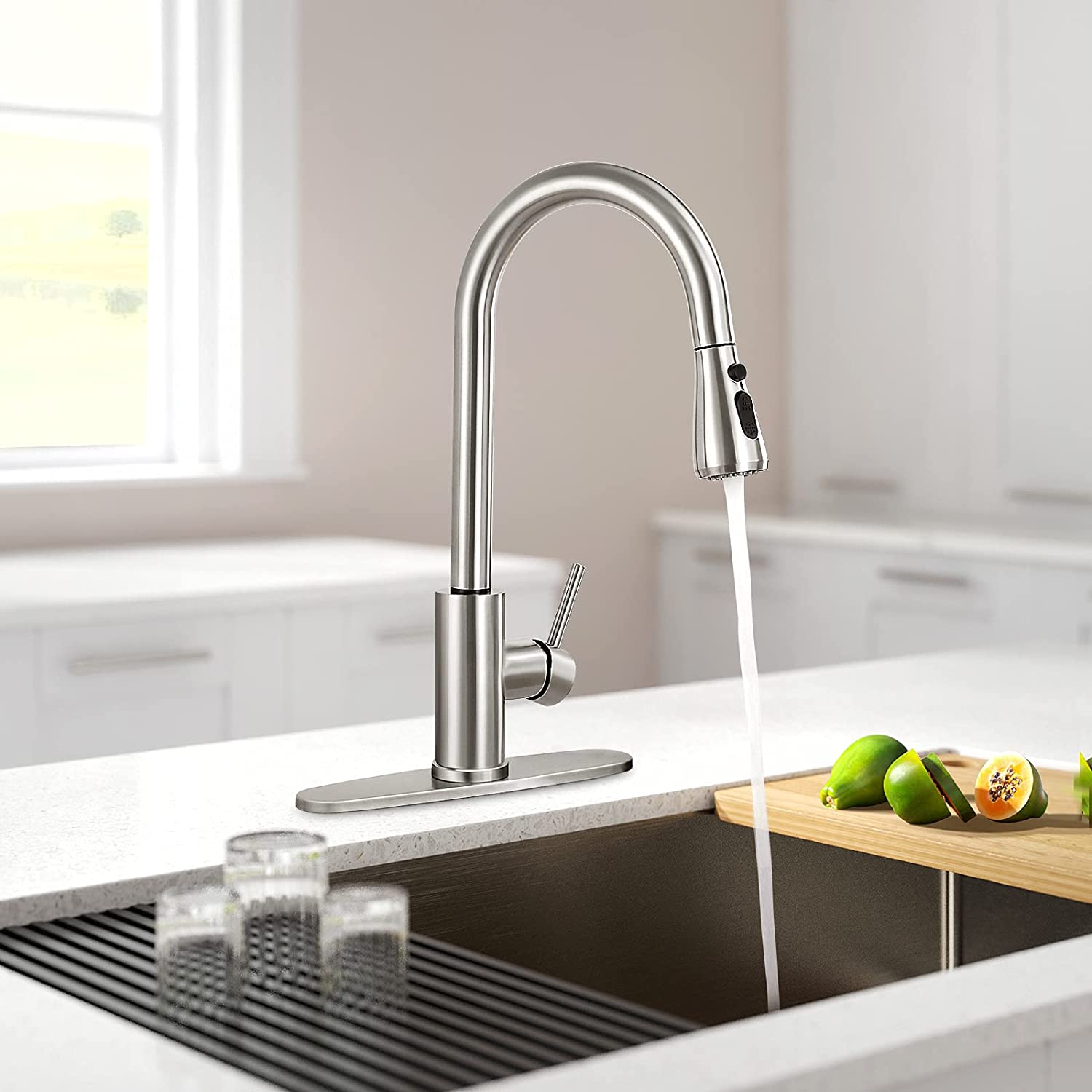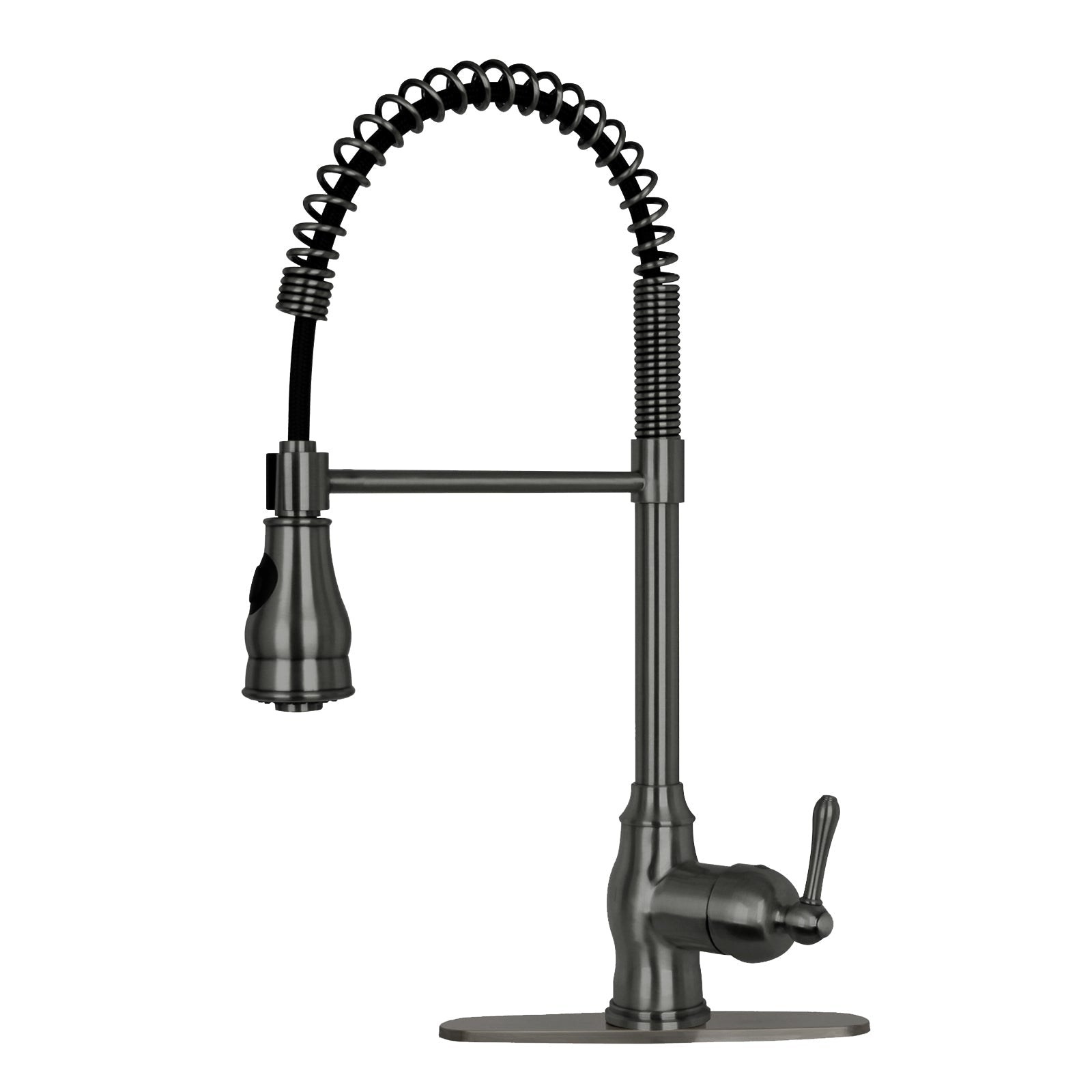How to replace a kitchen sink faucet? Replacing a kitchen sink faucet can enhance the functionality and aesthetics of your kitchen. Whether you want to upgrade to a more modern style, fix a leaky faucet, or simply update the look of your sink area, replacing a kitchen sink faucet is a relatively straightforward task that can be accomplished with some basic tools and a little DIY know-how. In this article, we will provide a comprehensive step-by-step guide on how to replace a kitchen sink faucet. From the necessary preparations to the installation process, let’s delve into the world of plumbing and discover how to replace a kitchen sink faucet.

Gather the Necessary Tools and Materials:
Before you begin, gather all the tools and materials you’ll need for the job. Here’s a list of commonly used items:
- New kitchen sink faucet
- Adjustable wrench or pliers
- Basin wrench
- Plumber’s tape (Teflon tape)
- Bucket or towel
- Safety glasses
- Flashlight (if the area is poorly lit)
Turn off the Water Supply:
Before replacing the faucet, it is essential to turn off the water supply to the kitchen. Follow these steps:
- Locate the shut-off valves under the sink faucet, usually located near the wall or in the cabinet below the sink.
- Turn off both the hot and cold water valves by turning them clockwise until they are fully closed.
- Test the water by turning on the faucet to ensure that no water is flowing.
Prepare the Sink Area:
Prepare the sink area for the faucet replacement to make the process more organized and efficient:
- Clear out any items from the sink, including dishware, utensils, and cleaning supplies.
- Place towels or rags in the sink to prevent any tools or parts from falling into the drain and causing blockage.
- Position a bucket or container under the sink to catch any remaining water or debris.

Remove the Old Faucet:
Now it’s time to remove the old kitchen sink faucet. Follow these steps:
- Under the sink, locate the supply tubes connecting the faucet to the shut-off valves and unscrew them using an adjustable wrench or pliers.
- Disconnect any additional connections such as the sprayer hose or soap dispenser (if applicable).
- Using a basin wrench, loosen the mounting nuts securing the faucet in place. Depending on the design, these nuts may be located either on the top or bottom of the sink.
- Once the nuts are removed, lift the old faucet out from the sink, ensuring not to damage the sink or any existing plumbing connections.
Prepare the New Faucet for Installation:
Before installing the new faucet, take the following preparatory steps:
- Read the manufacturer’s instructions that came with your new faucet to understand the specific installation requirements and any additional tools or materials needed.
- Apply plumber’s tape (Teflon tape) to the threads of the supply tubes or connectors. This helps create a watertight seal and prevents leaks.
Install the New Faucet:
Now it’s time to install the new kitchen sink faucet. Follow these steps:
- Insert the new faucet through the holes in the kitchen sink, ensuring that it is properly aligned.
- From under the sink, thread the mounting nuts onto the mounting studs, tightening them with a basin wrench. Be cautious not to overtighten, as this can damage the faucet or sink.
- Connect the supply tubes to the shut-off valves, ensuring the hot and cold water lines are correctly attached.
- If your new faucet includes a separate sprayer or soap dispenser, connect them now according to the manufacturer’s instructions.
- Once all connections are secure, turn on the shut-off valves under the sink to restore the water supply.
Clean Up:
After successfully installing the new kitchen sink faucet, take care of the final cleanup:
- Wipe down the sink and surrounding area to remove any dust, debris, or water.
- Dispose of any old faucet parts or packaging materials responsibly.

What are the styles of kitchen sink faucet?
Choosing the right kitchen sink faucet is essential for both functionality and aesthetics in the heart of your kitchen. With a wide variety of styles available, kitchen sink faucets can add personality and convenience to your space.
Single-Handle Faucets:
Single-handle faucets are a popular choice for their simplicity and functionality. These faucets feature a single lever that controls both the flow and temperature of the water. Some may have pull-out or pull-down sprayers integrated into the spout for added convenience. Single-handle faucets are available in a range of designs, from traditional to modern, making them versatile and suitable for various kitchen aesthetics.
Double-Handle Faucets:
Double-handle faucets, also known as two-handle faucets, feature separate handles for hot and cold water control. These faucets provide a classic and timeless look, making them popular for traditional or vintage-inspired kitchen designs. Double-handle faucets are typically deck-mounted and offer a choice of different spout styles, including high-arc and low-arc options.
Pull-Out Faucets:
Pull-out faucets feature a spray head that can be pulled out from the main faucet and extended to reach more areas of the sink. This design provides flexibility and convenience, making it easier to fill large pots or clean the nstall a kitchen sink. Pull-out faucets often have a single handle for water control and may include additional spray functions, such as aerated streams or powerful sprays.
Pull-Down Faucets:
Similar to pull-out faucets, pull-down faucets also have a spray head that can be pulled down directly into the sink. This design offers increased maneuverability and versatility, allowing for efficient rinsing and cleaning. Pull-down faucets typically have a high-arc spout, providing ample space for larger dishes or pots.

Bridge Faucets:
Bridge faucets offer a traditional and elegant look reminiscent of old-world charm. These faucets have a unique design with a bridge connecting the hot and cold water handles to the spout. Bridge faucets are often found in vintage-inspired or farmhouse-style kitchens, adding a touch of classic sophistication.
Commercial-Style Faucets:
Commercial-style faucets, also known as professional-grade faucets, are a popular choice for those who want a professional look and functionality in their kitchen. These faucets feature a high-arc spout and a flexible hose that can be pulled down or out for maximum reach and mobility. Commercial-style faucets often have multiple spray options, such as powerful rinsing and aerated streams, making them ideal for heavy-duty kitchen tasks.
Wall-Mounted Faucets:
Wall-mounted faucets provide a unique and space-saving solution for your kitchen sink. Instead of being mounted on the countertop or sink deck, these faucets are installed directly on the wall behind the sink. Wall-mounted faucets offer a clean and minimalist look, providing an opportunity to showcase the beauty of the sink and surrounding backsplash.
Conclusion:
Replacing a kitchen sink faucet can be a DIY project that allows you to upgrade your kitchen’s functionality and aesthetics. By following these step-by-step instructions, you can confidently replace your old faucet with a new one. Remember to gather the necessary tools and materials, turn off the water supply, prepare the sink area, remove the old faucet, and install the new one with care. With a little patience and attention to detail, you’ll have a functional and stylish kitchen sink faucet that enhances the overall look and usability of your kitchen.

